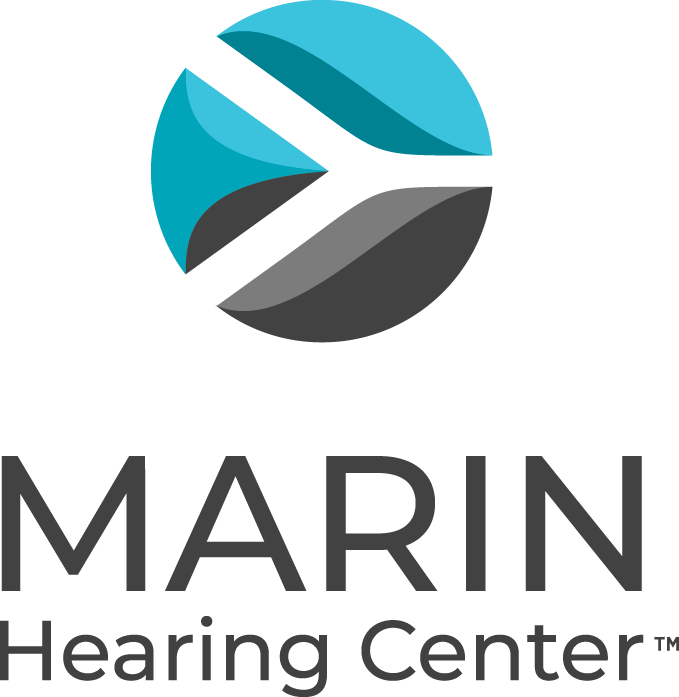Aural rehabilitation is a broad term for developing an individual plan to improve your ability to overcome challenges associated with hearing loss. When effectively implemented aural rehabilitation provides significant benefits for those with hearing impairment. Also called hearing rehabilitation or auditory training, aural rehabilitation is a key component of treating hearing loss.
Do I Need Aural Rehabilitation?
If you regularly say, “Can you repeat that?” or “what did you say?” you may have a hearing loss. Other signs are turning up the volume of the television or needing closed captions to catch everything that was said. You may notice that you hear fine but can’t understand what was said. The easiest way to find out if you have hearing loss is to simply make an appointment with an audiologist. Aural rehabilitation starts with diagnosing a hearing loss and then developing a program to minimize the impacts of the hearing loss on communication.
Who provides Aural rehabilitation?
Aural rehabilitation is most often provided by audiologists. Some speech pathologists are trained to provide aural rehabilitation therapy as well. The audiologist and person with hearing loss work together to set goals, identify target outcomes and develop solutions.
Can aural rehabilitation be successful without hearing aids?
Aural rehabilitation can be done with or without prescribed hearing aids. Studies show the greatest improvement in communication when people use a combination of hearing aids and aural rehabilitation to treat hearing loss. Most people with hearing loss can improve hearing through custom fit hearing aids. Your audiologist will recommend the best hearing aids for you based on your hearing loss type, cosmetic preferences, and your lifestyle and listening needs.
The most effective aural rehabilitation plans use a combination of hearing aids, assistive devices, communication strategies and auditory training.
Hearing Evaluation
A custom aural rehabilitation plan starts with a thorough audiologic evaluation and needs assessment by an audiologist.
High Performance Hearing Aids
It most often includes prescribing a medical device such as a hearing aid or assistive listening device, ensuring you understand how to use the device and maximize the benefits of the hearing aid.
Aural Rehabilitation: Communication Strategies
Avoid saying “What?” or “Huh?” Instead, try to make a specific clarification request. If the speaker mumbles, ask them to please speak more clearly. If the talker speaks in a quiet voice, politely ask him or her to speak louder. Many talkers cover their mouths when they are talking. When this happens, tell them you can understand them better if they would not cover their mouths.
Inform others about your hearing loss. Your difficulty hearing and likely your hearing aids are not visible to the people you converse with. They may forget to speak in a manner helpful to you. One way to overcome this is to explain that you are really interested in hearing what they have to say and that you would like to use a cue, like tapping your ear or your mouth, to remind them of the best ways to communicate with you.
Model good communication. Speak slowly and concisely. Resist the temptation to shout, which can lead to distorted speech and make your words more difficult to understand. Pause between sentences to ensure what you are saying is understood. Remember, communication is a two-way street. Give the other person a chance to speak, and do not interrupt.
Reduce or eliminate background noise. Background noise (music, people talking, dishes clanking, television, etc) can create greater difficulty for people with hearing loss and/or hearing aids to understand speech. You might choose quieter restaurants, or ask your place of worship to carpet the social hall to reduce reverberation, you might move to a quieter location to have a conversation. Anticipate difficult listening situations and think about your communication strategy. Your audiologist can help you with these strategies.
Face each other while talking. Tell your family, coworkers, and friends that you communicate most easily if you can see their face. This is actually true for everyone!
Attention is key. It is not uncommon to misunderstand what someone says if your attention is on something else, like an email or a TV show. Again, this is true for everyone! Get each other’s attention before speaking. Remind people to say your name or tap you on the shoulder so you can be ready to listen.
Take notes. Supplement your conversation by writing down important information. This might include jotting down the topic you will be discussing beforehand
It takes two. Communication takes two people. Yes, many people mumble, speak too fast, cover their mouths, and/or drop the volume of their voices at the end of sentences. If you are using hearing aids and paying attention, you are fulfilling your end of the effort to communicate effectively, and you can feel good about that. Keep in mind that communication habits are hard to change. You may need to remind people you speak with regularly the best ways to communicate with you.
Auditory training
Aural Rehabilitation: Auditory Training
While hearing aids and other devices can make a huge difference in communication ability, they don’t always provide optimum results in every setting for everyone. Especially for those who have severe hearing loss or have waited a long time to treat their hearing loss. Most often, these situations involve excessive background noise, require close focus, are stressful or cause listening fatigue. This is when auditory training can provide additional benefits by improving the brain’s auditory functions. Auditory training or auditory therapy is a more purposeful and intensive form of aural rehabilitation. This is usually provided in conjunction with a trained audiologist or speech pathologist who can help guide you through the program.
There are several online auditory training programs that benefit people with hearing loss.
In addition to counseling and communication strategies, another useful aural rehabilitation tool is Auditory training. Often those with hearing loss find everyday conversations are difficult, especially in group settings or places with background noise. In addition to hearing aids, patients can start enhancing their hearing with an innovative auditory training program that trains your brain to listen and hear better.
Auditory brain training can also enhance the benefit and effectiveness of your hearing aids by improving your listening skills and allowing the brain to interpret new sounds more easily. The key to improving the benefit of your hearing aids in background noise is brain training.
Two online programs that help train your brain to listen better are: LACE (Listening And Communication Enhancement) and clEAR (customized learning: Exercises for Aural Rehabilitation). They are both fun, interactive online programs that you can use in your own home, or any quiet space with internet access.
Ask us how LACE or clEAR can help you hear better in noise and also help you get the most out of your hearing aids.

Why wait?
Most people who get hearing aids wonder why they didn’t get them sooner!


